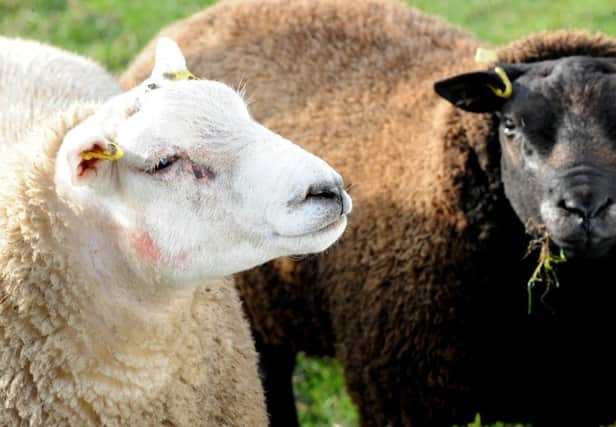In numbers: Scotland’s farm animals


Fields of cattle and other livestock are so common across Scotland many people barely register them at all. But they are a vital part of the country’s economy - without them supermarket shelves would go unfilled and the food industry would grind to a halt.
The results of the Scottish Government’s annual Agricultural Census are keenly awaited by industry experts and economists, as well as the 65,000 people employed in the sector north of the border.
Advertisement
Hide AdAdvertisement
Hide AdDue to changes in the poultry industry, the number of commercially-bred bird fell by more than a million last year. However, in other sectors, such as cattle, the numbers have risen.
The latest figures, which were collated in June, were published this month and reveal an in-depth look at the number of farm animals in Scotland.
CATTLE
Numbers increased by 13,000 to 1.81 million. This was largely driven by calf numbers rising 17,000 (3.2 per cent) to 544,000. This is the first increase in total cattle numbers since 2010. However, there has been a
longer-term decline in numbers since 1974. The number of dairy cattle rose by 3,700 (1.4 per cent) to 278,000, though the number of beef cattle fell by 3,700.
SHEEP
The total number of sheep rose by 9,000 (0.1 per cent) to 6.7 million. Breeding ewe numbers fell by 16,000 (0.6 per cent) having fallen every year since 1998, but there was a large increase in other sheep for breeding, up 66,000 (10 per cent). Lamb numbers fell by 41,000 (one per cent).
PIGS
The total number of pigs rose by 1,500 (0.5 per cent) to 318,000, with rises in the last two years demonstrating a degree of stability after large falls in previous years. The breeding herd increased by 600 (two per cent), whilst the number of fattening pigs fells by
POULTRY
The poultry flock decreased by 1.69 million (11 per cent) to 13.06 million. The census reports this was driven by “a large fall in the number of broilers (down 2.13 million or 27 per cent) following closures in late 2014 as the sector restructured”. This was partially offset by increases in laying fowls of 400,000 (seven per cent) and fowls for breeding up 77,000 (seven per cent).